Ton bags, also known as container bags, are widely used in many industries and countries at this stage like New energy, ore, chemical raw materials, etc. So how did the ton bags come about? Follow us to find the answer.
Before the emergence of container bags, most of the packaging and transportation in the logistics industry used containers such as cartons, boxes, and barrels. It is feasible for these containers to transport daily materials, but they are not very suitable for powdery and granular chemical raw materials, and the loading, unloading and handling are cumbersome. And there are many residues after unloading, which are difficult to handle.


Later, in order to simplify the operation, the logistics industry proposed the concept of containerized units which means the materials were loaded, unloaded and transported based on the containerized unit. For general materials, traditional cartons, boxes, barrels etc. can be loaded correspondingly, but for materials with high requirements on humidity and oxidation, such as powder and granular, need a large-capacity flexible container to package which should take into account load-bearing, airtight and convenient shipment, so the ton bags started to be used.

In the process of adapting to the market, according to the transportation requirements of different products, there are bags with different functions, such as aluminum-plastic ton bags, anti-static/conductive ton bags, stretch bags, woven cloth ton bags, etc.
▲Aluminum-plastic ton bags
It is also known as aluminum foil ton bags, are different from traditional woven container bags. They are generally made of aluminum foil and are used as inner bags. They are matched with woven cloth outer bags, which are waterproof, oxygen-resistant, and corrosion-resistant. , higher strength, strong puncture resistance and other advantages. It is widely used in the packaging, transportation and storage of new energy battery electrode powder and various chemical raw materials.


▲Antistatic/conductive ton bags
This type of container bag is made of special conductive fabric or woven fabric drawn from conductive plastic. The conductive fabric is actually a woven fabric interwoven with conductive fiber/antistatic flat wire, which can effectively removes static electricity generated during loading and unloading, and prevents dangers such as combustion and explosion. It is often used for packaging and transportation of chemicals, second and third types of dangerous goods.

▲Stretch bags
They are made of thicker pp material, which is stiffer than ordinary woven cloth ton bags. It will not deform after loading, and it is not easy to bulge. The load can be increased by about 16-25%, saving transportation and storage space, and reducing loading and unloading costs. It is suitable for products that are required to remain upright and square after packaging.

▲Woven cloth ton bags
They are the most common container bag, and it is more widely used. It usually loads and transports non-flammable materials. The biggest difference lies in the bag type. U-shaped, cone-shaped, etc. need to be selected according to the material and shipping requirements.


At present, container bags have been widely used. Most raw materials in new energy and industrial industries are packaged and transported in container bags to achieve better performance, save storage space, and facilitate resource management.
In the process of adapting to the needs of the market, China has standardized the standards and specifications of container bags, solved the packaging and transportation problems of chemical raw materials and building materials, reduced transportation costs, and simplified the difficulty of intermodal transportation. Coupled with the continuous technological innovation of container bag manufacturers, it has developed from the packaging and transportation of ordinary goods to the packaging and transportation of various emerging materials and Class II and Class III dangerous goods. At present, the production capacity of container bags can not only meet the needs of the domestic market, but also exported to Southeast Asia, Europe, America and other places, and has been highly recognized by the international market.
XCGS has five production bases and eight factories, specializing in the production of various new energy and industrial packaging with aluminum foil ton bags as the core. We have 300+ production lines, more than 20 years of packaging experience, large scale, high quality, and short delivery time. And it can be customized according to the needs of customers. If you have related needs, you can contact us, and we will serve you wholeheartedly!

















































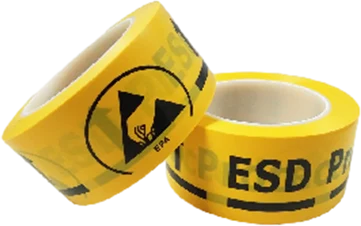

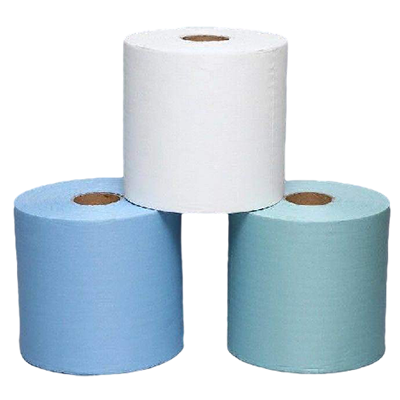

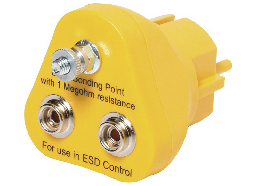
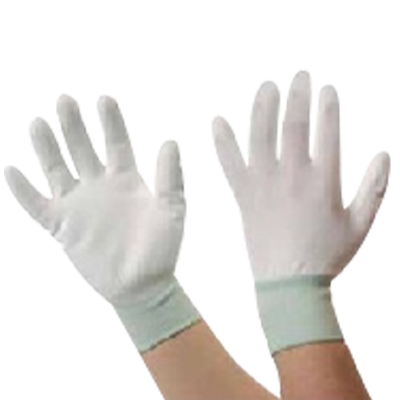
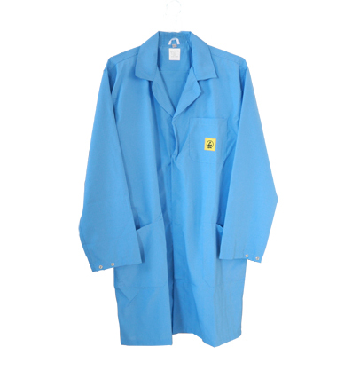
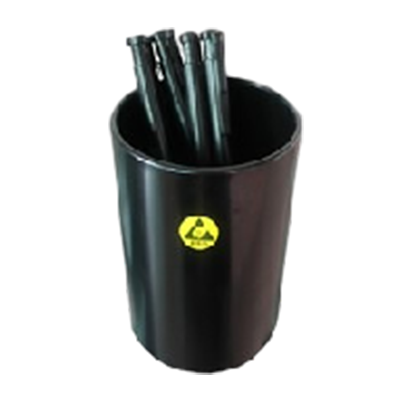


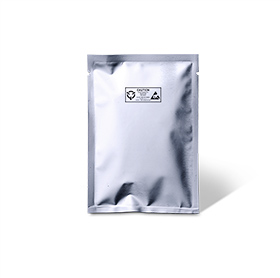
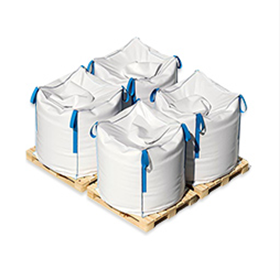
























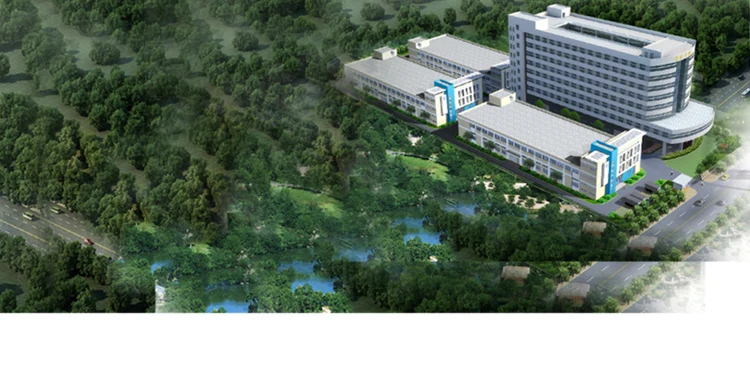

















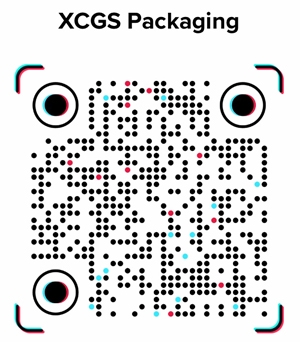

 18915559236
18915559236 xcbxa@xcgs.com
xcbxa@xcgs.com